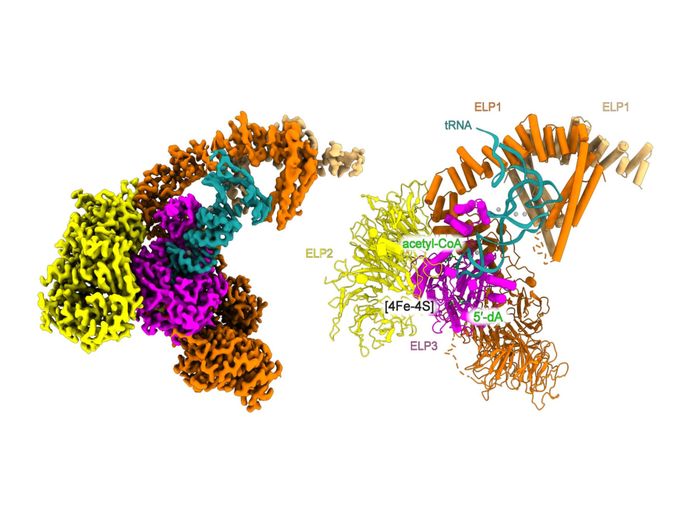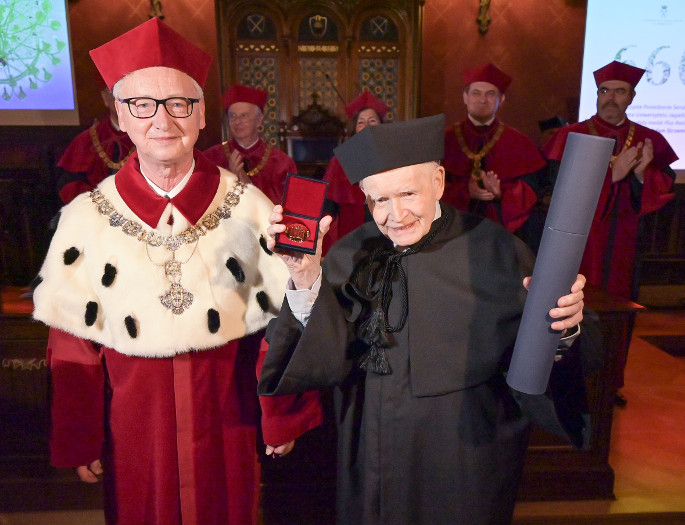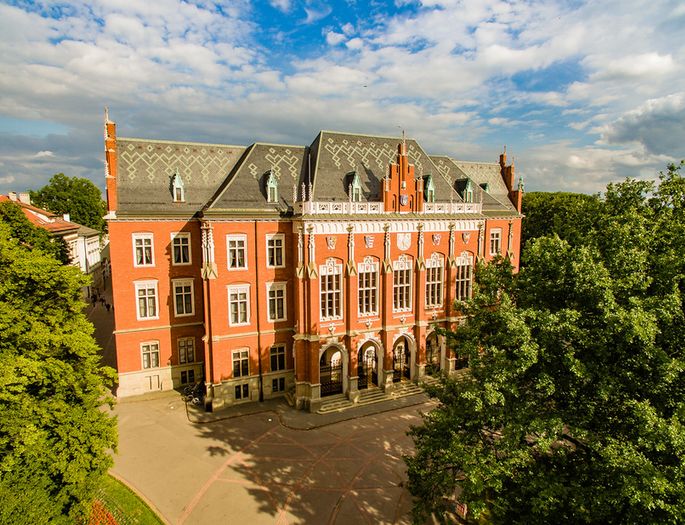
The standards of food processing and preservation differ significantly between the United States and Europe. One of the more sensitive topics is chlorination of poultry meat. Dr Ewa Kopczyńska, sociologist and author of the ‘socioplate’ blog, explained the basics of this controversial issue.
American poultry sometimes smells of chlorine. Removed from its packaging, the raw meat gives off a strong odour reminding one of water in swimming pools, which disappears after it’s cooked. The sense of unease, however, doesn’t disappear as quickly.
Europe is afraid
Chlorine baths are used by about 25% of US poultry meat producers. It’s one of the ways to make sure the meat is clean and germ-free. It’s recommended as one of the most successful methods of ensuring food safety, particularly from diseases such as salmonella.
In the European Union, chlorine baths were banned in 1997. Since then, it’s been illegal to sell such meat in Europe. But why? Several months ago, debates on this subject popped up in the British media, after Brexit made it necessary for Great Britain to consider opening up more to the American market and renegotiating trade deals with the United States.

Chlorinating meat is not bad for our health. This was confirmed by Food and Drug Administration and United States Department of Agriculture in the US as well as European Food Safety Authority and Codex Alimentarius in Europe. However, both consumers and producers are opposed to adopting this method. The former are afraid of a decline in quality, the latter – increased competition from less restricted sources. So why is Europe so scared of chlorine baths if it’s been proved that they’re harmless? Why do European chickens have to be cleaned solely with water and cold air? Backwardness? Inflexibility? Protection of the European markets? But chlorine compounds are commonly used in water treatment and as biocide (to kill bacteria, algae, and fungi). They’re also used in food and cosmetic industry to maintain high sanitary conditions. In fact, chlorine enters our bodies chiefly with drinking water. All in all, it seems our fear of chlorinated poultry is rather irrational.
To Cl or not to Cl?
The ban on chlorinated meat is justified by the potential lowering of European food quality standards. These are based on different procedures than those in the US. The ‘philosophy of production’ is also different – sometimes it’s described as ‘farm to fork’. EU regulations specify in great detail the conditions that need to be met in order to rear animals, such as the dimensions of cages and minimum space provided. These are meant to assure food safety on all stages of production as well as safeguard the welfare of animals. In light of this, chlorine baths can be perceived as ‘cutting corners’, which may lull food inspectors into a false sense of security, seemingly postponing the meat’s expiration date by preventing natural signs of spoilage from showing.
Proponents of both sides of the argument think that their methods are better and safer. All EU countries (aside from Great Britain) are firmly opposed to loosening the regulations regarding poultry meat production and letting cheaper American chickens into the European market. Introducing chlorinated chickens would also reduce transparency from the consumers’ point of view: they are not marked in any way, as chlorination is regarded to be a part of food processing, and not an ingredient (as opposed to GMO). The negotiations are underway, and the stakes are high: the poultry market is one of the most dynamically developing ones in Europe, and the worldwide demand for poultry is rising. In the end, one question remains: how will these demands shape economy and law?
Original text: www.nauka.uj.edu.pl





